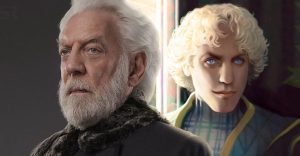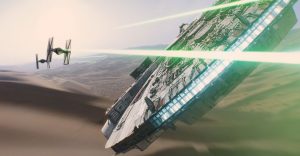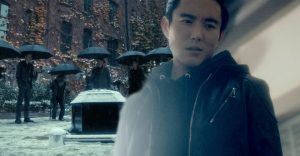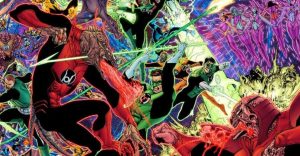How The Original TVA Statue Hinted The Final Villain Twist
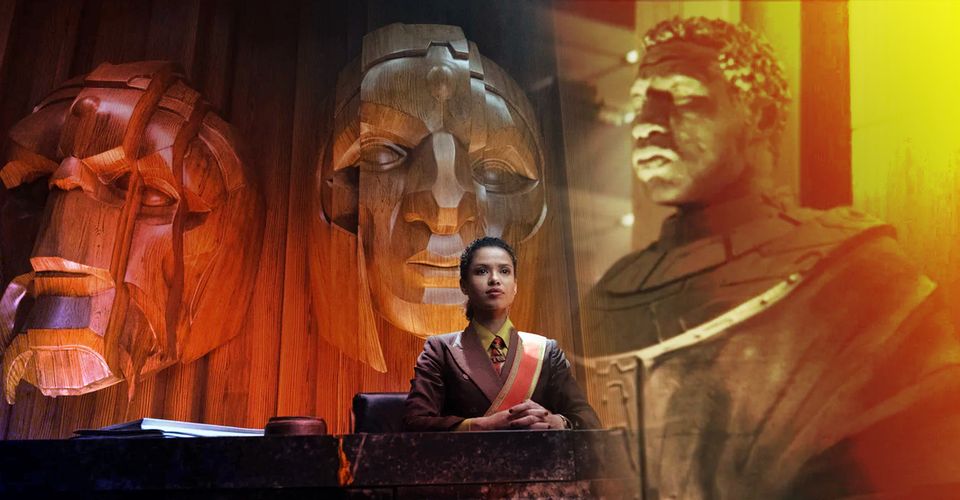
The Loki finale statue twist — that a new villain had taken over the TVA — was hinted at earlier in the series by the original Time-Keeper sculptures. Loki ended by setting up the future MCU multiverse: the God of Mischief realized the cost of Sylvie having killed He Who Remains was that the timeline was no longer familiar. Mobius didn’t recognize Loki, and a nearby statue indicated that the TVA was now controlled by one of the dangerous variants (possibly Kang the Conqueror). While the exact meaning of these events is up for interpretation, it’s clear that the main MCU timeline is in significant danger.
Loki was the third MCU TV series to debut on Disney+, and, like WandaVision before it, the series hooked audiences with a tantalizing mystery. Unlike WandaVision and Falcon and the Winter Soldier, however, Loki has been renewed for season 2. This is a good thing, since the Loki season 1 finale ended on such a cliffhanger. Hopefully, the story in Loki season 2 will address the biggest questions, such as who, exactly, is running the TVA now.
Although the Loki finale was surprising, retrospectively, the ending was actually set up in the first episode. When the God of Mischief initially found himself apprehended by the TVA, he is put before a judge, Ravonna Renslayer, who sits at a grand desk behind which three large wooden faces loom; these avant-garde art pieces (that echo cubism) are meant to represent the Time-Keepers. Repeatedly throughout the series, the camera lingers on the composite faces, which are seemingly pieced together. The image is slightly off-putting and therefore memorable, but otherwise, the distinct aesthetic is never explained. After Loki and Sylvie’s conversation at the end of time, the meaning of this design is made clear.
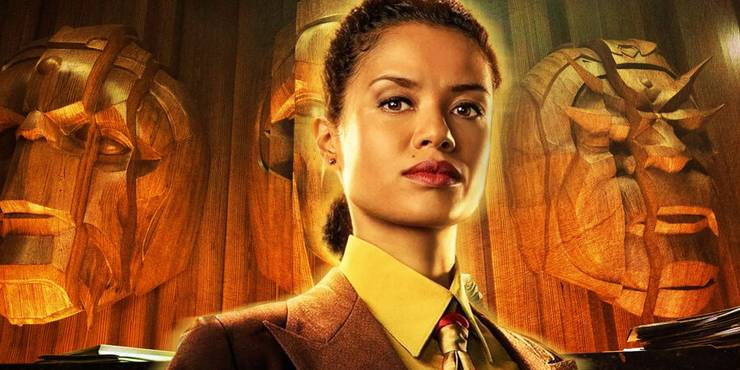
In the Loki finale, He Who Remains explains to Sylvie and Loki that he created the TVA and the master timeline as a way to defeat the other, less benevolent versions of himself, after an all-out multiverse war had broken out . The TVA was staffed with variants from the other timelines he destroyed — in a sense, the very TVA was a construct comprising aspects of the different timelines. The Time-Keepers may have been a lie used to maintain order, but they were based on a truth: various versions of the same person contributed to the plan through their multiverse war. He Who Remains may have been the last one standing, but he didn’t get there alone. The statues in the TVA reflect this: they are symbolic of the various versions of He Who Remains — all similar with slight differences — spliced together. He Who Remains maintains the TVA and the master timeline as a means to prevent the emergence of other variants. The existence of multiple versions of He Who Remains are effectively the sole reason for him maintaining a singular timeline.
Following the Loki finale, there are major questions about the MCU’s future, particularly regarding this new multiverse. For the God of Mischief’s story, however, many are left wondering the meaning of that new statue in the TVA. If the original avant-garde depictions of the Time Keepers represented the many versions of Kang whose combined efforts led to the TVA, the statue of the end shows that this has been undone. It’s even possible there are multiple TVAs, all fighting to maintain their own timeline above others. One thing is certain: viewers will be keeping a close eye for clues in the next few projects.
About The Author











